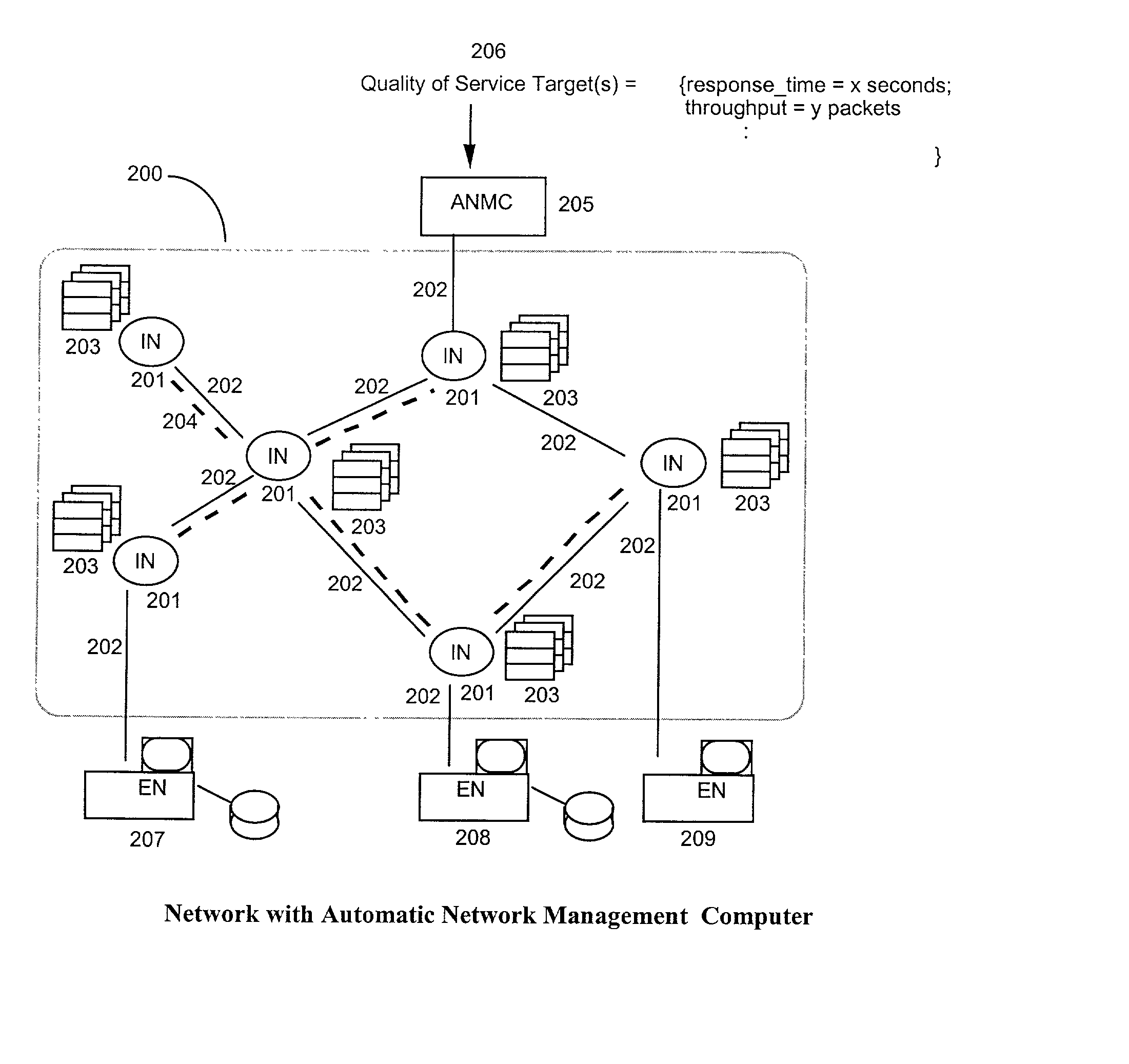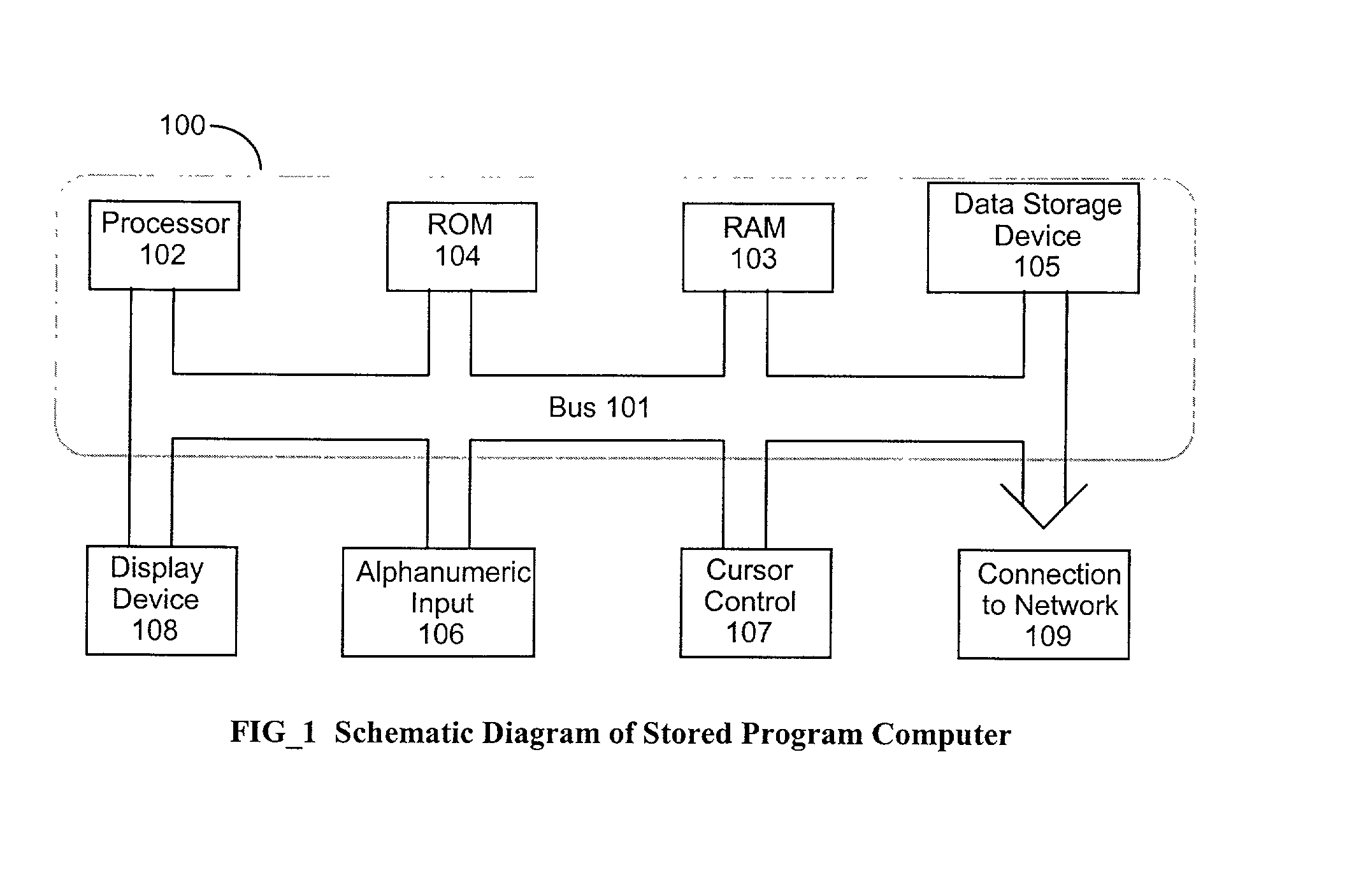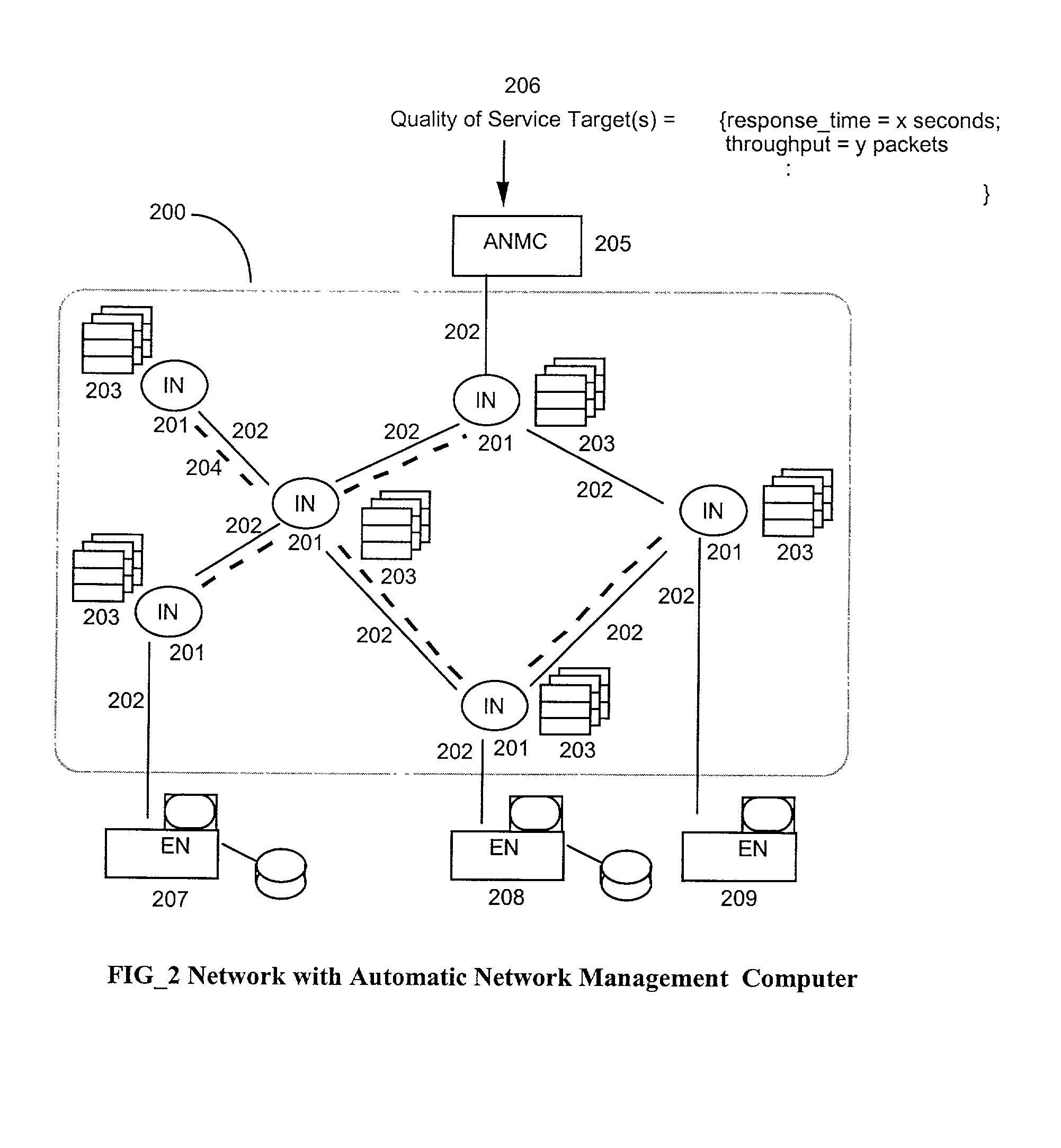There are several reasons for advancing a new automatic
network management system, most importantly the current systems are inadequate to task of managing the next generation of internetworks, which must be self-tuning as well as self-repairing.
Otherwise, the effects ofjitter (variable delays) will militate against
multimedia usage.
As we remarked above, all servers have finite reliability.
A
server that is disabled by a fault has a reduced bandwidth: a partial fault may reduce the bandwidth but still leave a functioning
server while a fatal fault reduces the bandwidth to 0.
For example, high
noise levels is a communications line can indicate a variety of faults or vibrations at unusual frequencies can mean
mechanical system faults.
Such policies as age-replacement, block replacement, etc., all require the bandwidth manager to replace components of the
server irrespective of their condition; such a policy will result in any failed components being eventually replaced, and many failures being prevented in the first place, albeit at the cost of discarding many components with useful lifetimes left.
Indeed, in the absence of sensors and estimators to infer the server's condition, the incidence of latent faults will only increase.
Changing the task set of a server often entails significant alteration of its design and / or components.
Generally, though, actuation of kind is the most complicated and extensive of the changes possible in
bandwidth management.
It should be noted that changing the nominal service rate and / or task set is not something undertaken easily or often.
In some cases servers have two or more normal service rates that a bandwidth manager can actuate between, perhaps incurring higher costs or
increased risk of faults as the price of the higher bandwidth.
For example, increasing the
signal levels in communications channels can improve the
noise resistance but reduce the lifetime of the circuits due to increased heat.
We should also remark that for many servers, particularly those which are complex and composed of many component servers, the key parameters may not be known or known adequately and must be measured.
A server with limited (i.e., finite) bandwidth can not service an unlimited number of Requests for Service.
(In addition, although we did not dwell on it in the state description above, the limits on the
queue size often constitute even greater constraints than the fact that bandwidth is necessarily finite.)
There is an issue remaining to be considered, namely the interaction of the bandwidth and
workload managers.
However, even in this case there remains the question of which variable to actuate for controlling the performance variables of the
discrete event system.
A number of problems in management stem directly from the fact that the objectives of the respective control systems can not be easily decoupled; the
coupling is due to the presence of performance variables in any optimality criteria used to optimize the control of service rates and traffic respectively.
Difficulties in applying MR=MC include defining cost function and establishing price elasticity for the demand from the clients.
What this means is that when the server is a
transport network, it is by definition spatially distributed; and the
workload and the server can not be adequately represented by lumped-parameter equations.
There is a significant expense to the various management servers necessary to monitor and control the network.
These costs to managing a network come in two varieties: the fixed costs, generally from the implementation of the management servers, and the variable costs that are incurred when these servers execute their respective management tasks.
On the other hand, certain costs accrue from operating the sensors: power is consumed, memory and CPU cycles may be used that might otherwise be employed in executing communications and other tasks, and, not least, the measurements made by these sensors usually are / must be sent to management decision servers (estimators and / or schedulers) located elsewhere in the network.
This last cost can be particularly significant because management traffic (consisting of such things as these measurements from sensors, estimates from estimators, and commands from schedulers) either competes with the user traffic for the available bandwidth of the network or must flow over its own dedicated communications network.
And unfortunately, as the size of the internetwork grows, the amount of topology data exchanged grows even faster, in fact as O(n.sup.2).
While the latter may seem unlikely in this time of explosive Internet growth, even the normal
ebb and flow of daily commerce may
impact the design of the
transport infrastructure--especially provisioning communications bandwidth (see below).
If such events occur more frequently then that means the network is suffering faults more frequently than normal operations would allow.
Finally, the division between the seven-layer model itself and the management layer which is typically depicted as running orthogonal to the protocol model: the difficulty with this approach is that, as we found in examining workload actuation of kind, layering by definition requires management.
There is yet another objection to the current reductionism used in networking theory.
Performance management at present is limited to collecting performance statistics (measurements); actively controlling performance, by changing the rates of arrival and / or departure, has not been more than tentatively addressed, and is in fact the focus of much of this book.
 Login to View More
Login to View More  Login to View More
Login to View More 


